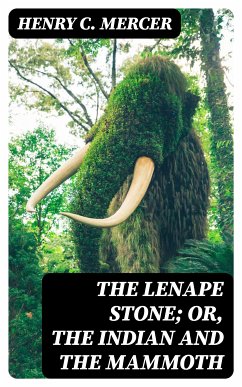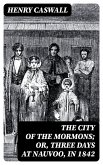In "The Lenape Stone; or, The Indian and the Mammoth," Henry C. Mercer weaves a compelling narrative that interlaces Native American history with paleontological inquiry. The book examines the discovery of a stone bearing an enigmatic inscription attributed to the Lenape tribe, and it explores the implications of such finds as they pertain to our understanding of early human life in North America. Mercer's literary style is characterized by meticulous research and vivid descriptions, illuminating the cultural significance of both the Indigenous peoples and the prehistoric megafauna they coexisted with. This work sits within a rich context of early 20th-century American archaeology, engaging with contemporaneous debates regarding anthropology and indigenous rights while bridging the gap between scientific exploration and cultural heritage. Henry C. Mercer (1856-1930) was a prominent American archaeologist, historian, and the founder of the Mercer Museum in Doylestown, Pennsylvania. His lifelong fascination with Native American culture and prehistoric life propelled him to pioneer explorations in archaeology. Mercer's background as a thinker at the intersection of science and humanities informs his writing, as he sought to recognize and preserve the narratives of marginalized communities alongside their historical significance. This book is highly recommended for readers fascinated by anthropology, archaeology, or Native American history. Mercer's elegant prose and rigorous scholarship make "The Lenape Stone" not just an informative text, but also an engaging meditation on the intricate tapestry of North America's past, urging readers to reconsider the legacies of its earliest inhabitants.
Dieser Download kann aus rechtlichen Gründen nur mit Rechnungsadresse in A, B, BG, CY, CZ, D, DK, EW, E, FIN, F, GR, H, IRL, I, LT, L, LR, M, NL, PL, P, R, S, SLO, SK ausgeliefert werden.









